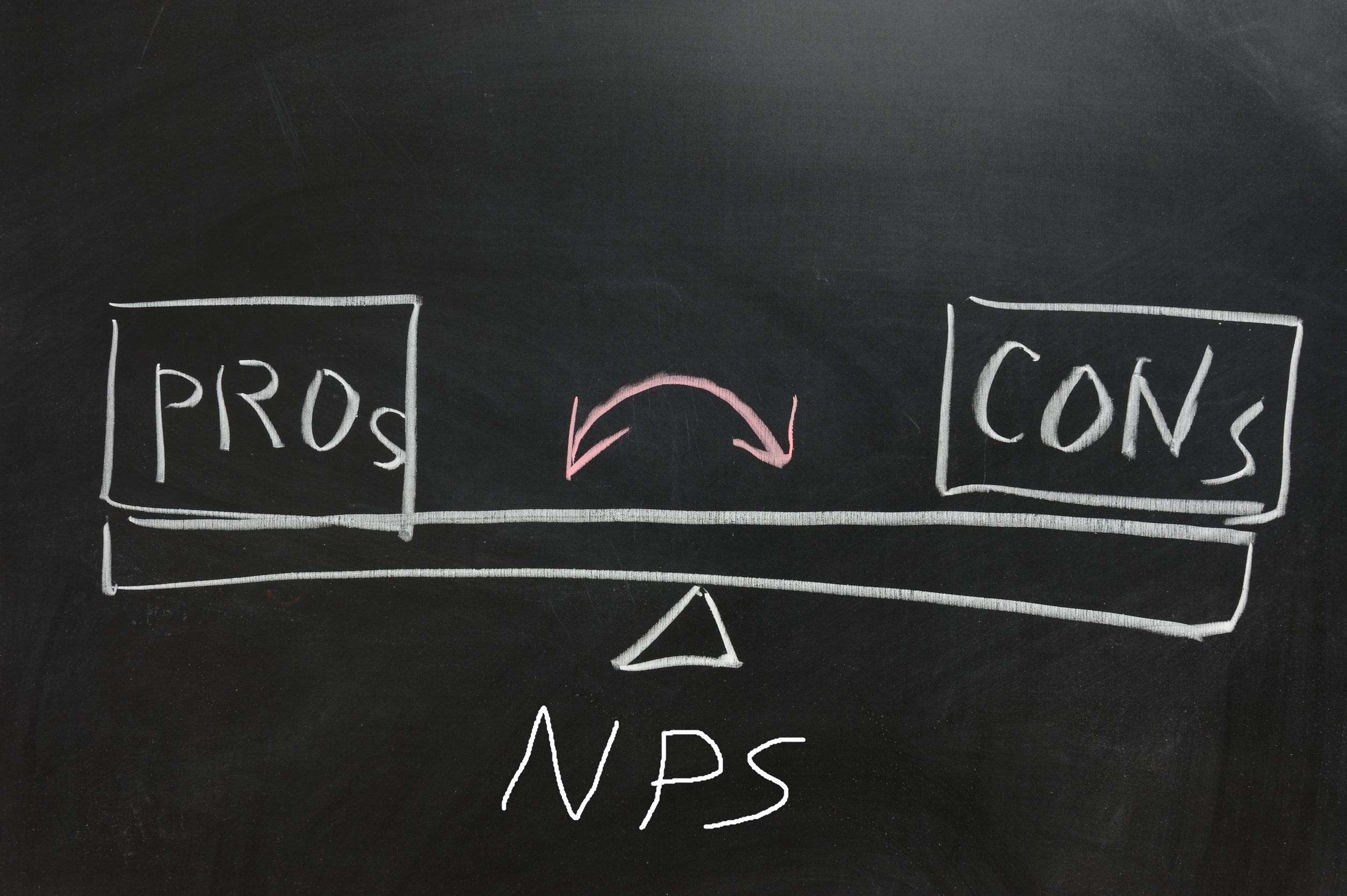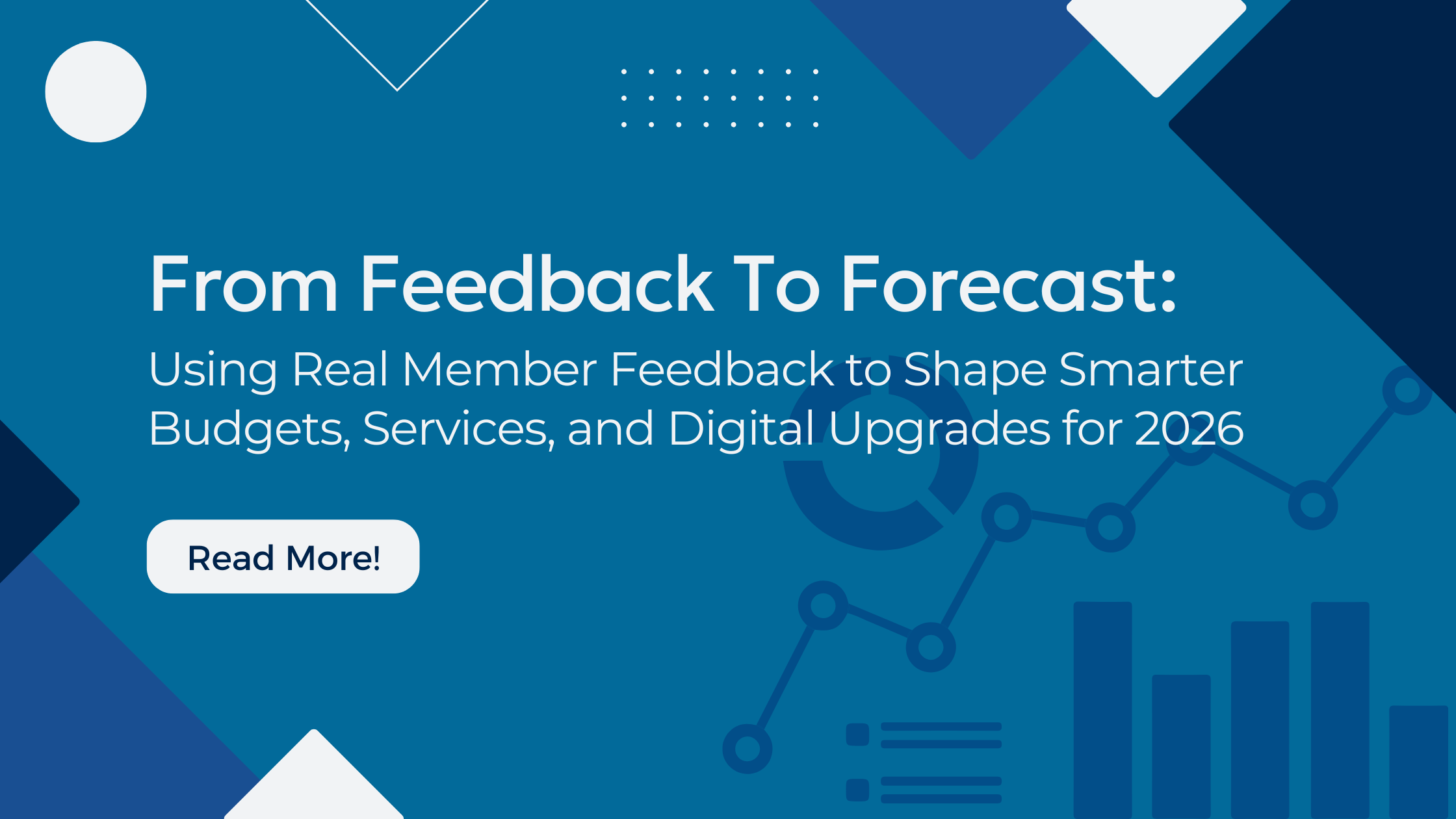Surveying your members is all about improving your business. While there are many different methods and approaches to go about collecting feedback, for help in navigating day-to-day obstacles, nothing beats transactional surveys. It doesn’t really matter what methods you are using to measure by. Using transactional data to generate surveys to members immediately after an encounter (real-time) will always provide the best opportunities to improve your business. Here are five ways real-time transactional surveys can help you navigate your way to better service:
#1: Quality feedback
The more time that elapses after a transaction before your member receives a survey, the less they will remember. Perhaps something was a “little off” during the visit– something that might be useful for you to know. Unfortunately, if they receive the survey 3 days later, they’ve already forgotten all about it. Getting the survey into a member’s hands immediately following the transaction means that whatever they have to say will still be fresh on their mind.
#2: More feedback
Response rates are highest when the survey reaches the member rapidly. The main reason is that the interaction may not be that important to the member– even though the member’s feedback is important to you.
#3: Rapid Course correction
Let’s say you implement a new initiative to improve low scores for cross-selling on the teller line. Do you really want to wait until next year to see if it worked? Transactional surveys allow you to review daily feedback on member perception and coach specific employees or managers where necessary.
#4: Employee Engagement
A Deloitte study in 2015 found that employee involvement is highest when employees are getting regular feedback on how their performance affects the organizational goals. In other words– when their work matters. Regular updates and sharing of results can increase the spirit of teamwork and keep everyone’s focus on the right areas.
#5: Solved Mysteries
Imagine you have a branch that is consistently scoring poorly on survey results for “Competence”. This branch has a good manager, and the employees are a well-trained team that does well in all other areas. Why are they constantly rated lower than other branches for this one area? The answer can be found in transactional survey data. Instead of looking at survey scores broken down by branch or employee, you look at the scores by process and suddenly the light bulb comes on! Members consistently give lower scores for cash deposits, no matter what branch or employee performs the transaction. The branch in question isn’t doing a bad job—they just have a higher number of cash deposits due to their location. Using this data, you can look at your process for handling cash deposits instead of wasting time trying to fix a branch that isn’t actually broken.
Transactional surveys offer a level of visibility into processes and their impact on members that other types of surveys can’t touch. Real-time transactional surveys are even more powerful. The combination of immediacy and targeted learning create an incredibly engaging and powerful feedback loop that will generate countless opportunities for improvement and recognition. These are the types of insights that standard “Annual Surveys” simply cannot provide.
Thanks for reading! To find out how your credit union can implement real-time transactional surveys, fill out our contact form.





